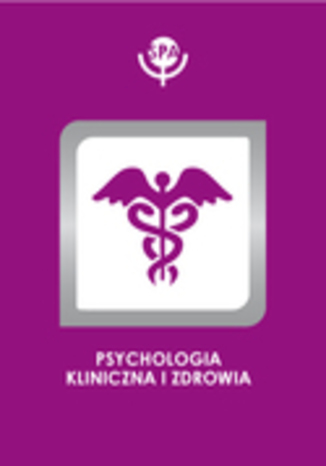Array
(
[id] => 661
[date] => 2019-06-30
[doi] =>
[title] => Aktywność twórcza i artystyczna, a psychopatologia
[title_en] =>
[authors] => CREATIVE AND ARTISTIC ACTIVITY AND PSYCHOPATHOLOGY
[abstract] => Creative activity may be connected with elements of psychopathology such as changes in motivation and emotion (mood), occurring in bipolar affective illness (manic-depressive), and changes in thinking, occurring in schizophrenic disorders. The study of patients with bipolar affective illness demonstrated that such patients have higher scores on the Barron-Welsh Art Scale, more cyclothymic and neurotic features, and higher indexes for “openness to experience” and “novelty seeking”. In a number of studies, creativity has been found to be connected with a tendency to psychotic thinking, reduction of latent inhibition mechanism and features of schizotype. In own study, the patients with bipolar affective illness during remission achieved, compared to control persons, higher scores on creativity scale of the Berlin Test of Intelligence Structure, and the role of schizotype as a mediating factor for creativity in this illness was also confirmed. For generating ideas and creativity drive, a dominant role has been postulated of three brain structures: prefrontal cortex, temporal lobe and mesolimbic system. Dopamine has been regarded as a main neurotransmitter within these structures, mostly connected with elevated mood, higher motivation and psychotic thinking, the factors thought to be associated with creativity. Recent molecular genetic studies suggest a role of the genes connected with dopaminergic, serotonergic and neurotrophic systems in creativity mechanisms.
[abstract_en] => Creative activity may be connected with elements of psychopathology such as changes in motivation and emotion (mood), occurring in bipolar affective illness (manic-depressive), and changes in thinking, occurring in schizophrenic disorders. The study of patients with bipolar affective illness demonstrated that such patients have higher scores on the Barron-Welsh Art Scale, more cyclothymic and neurotic features, and higher indexes for “openness to experience” and “novelty seeking”. In a number of studies, creativity has been found to be connected with a tendency to psychotic thinking, reduction of latent inhibition mechanism and features of schizotype. In own study, the patients with bipolar affective illness during remission achieved, compared to control persons, higher scores on creativity scale of the Berlin Test of Intelligence Structure, and the role of schizotype as a mediating factor for creativity in this illness was also confirmed. For generating ideas and creativity drive, a dominant role has been postulated of three brain structures: prefrontal cortex, temporal lobe and mesolimbic system. Dopamine has been regarded as a main neurotransmitter within these structures, mostly connected with elevated mood, higher motivation and psychotic thinking, the factors thought to be associated with creativity. Recent molecular genetic studies suggest a role of the genes connected with dopaminergic, serotonergic and neurotrophic systems in creativity mechanisms.
[keywords] => activity, psychopathology, artistic creativity
[keywords_en] => activity, psychopathology, artistic creativity
[file_path] => /files/articles/2009-15-aktywno-twrcza-i-artystyczna_-a-psychopatologia.pdf
[okladka] => psychologoia_kliniczna_i_zdrowia.jpg
[rocznik] => Rocznik: 2009 Tom: 15 Numer: 2
[strony] => 223-230
)










 Pobierz pełny tekst
Pobierz pełny tekst



